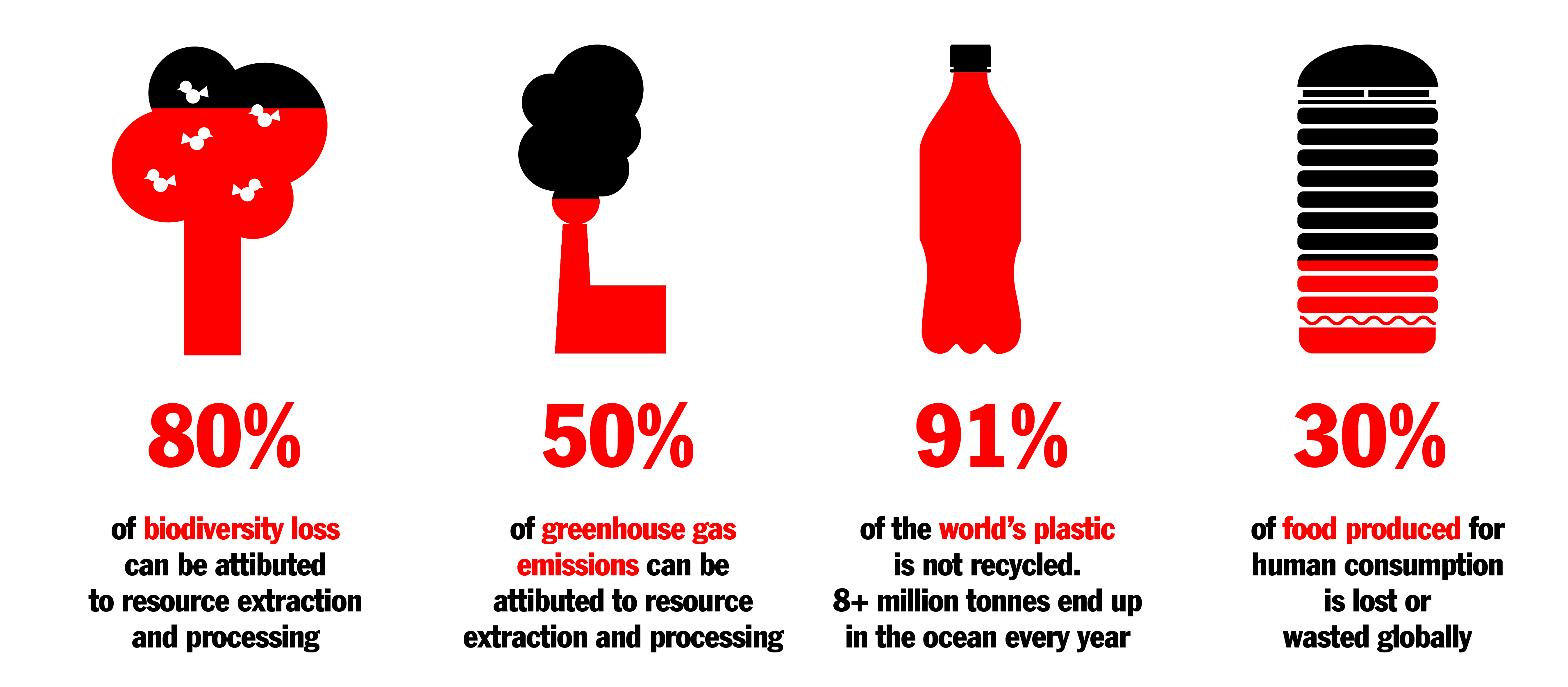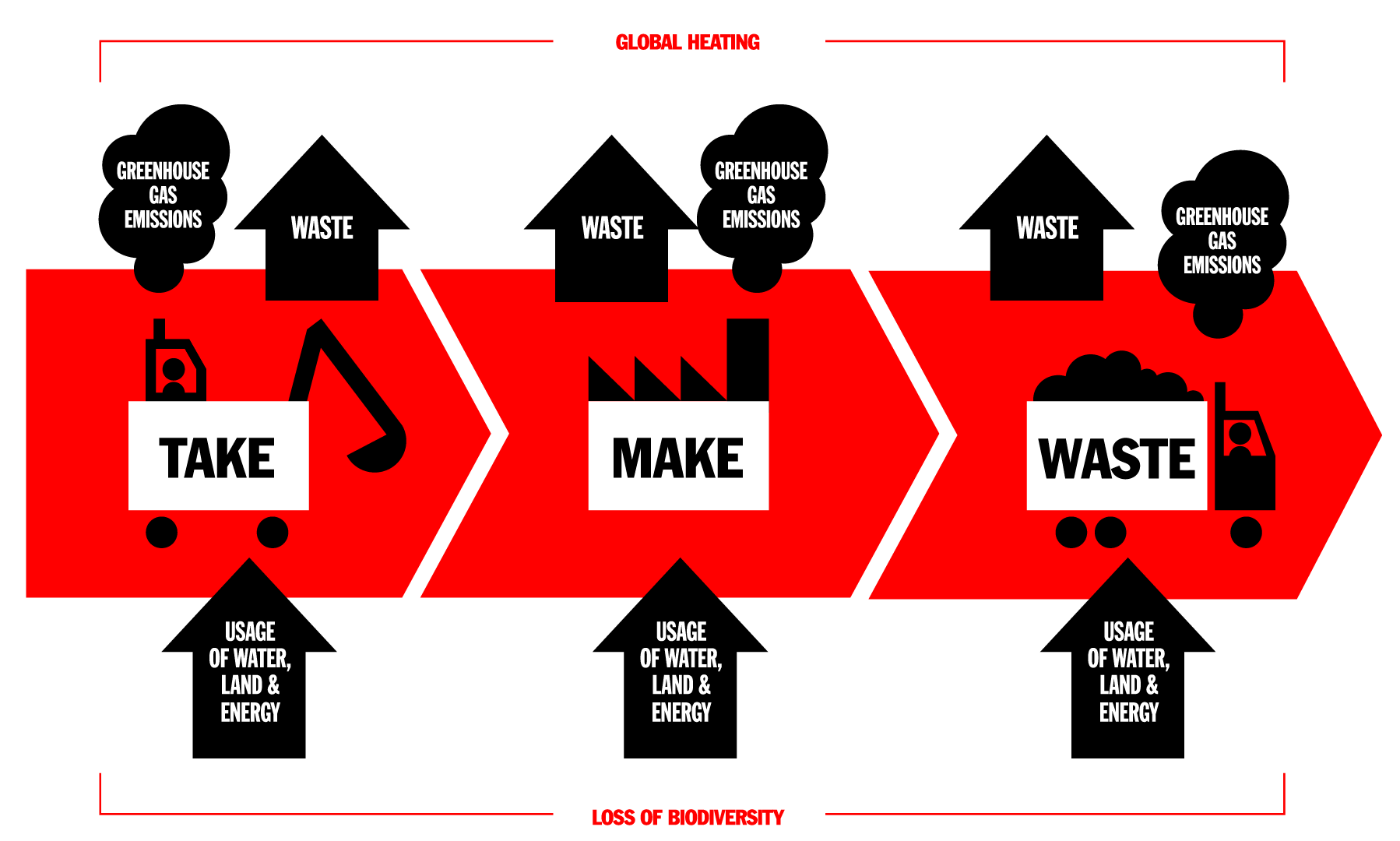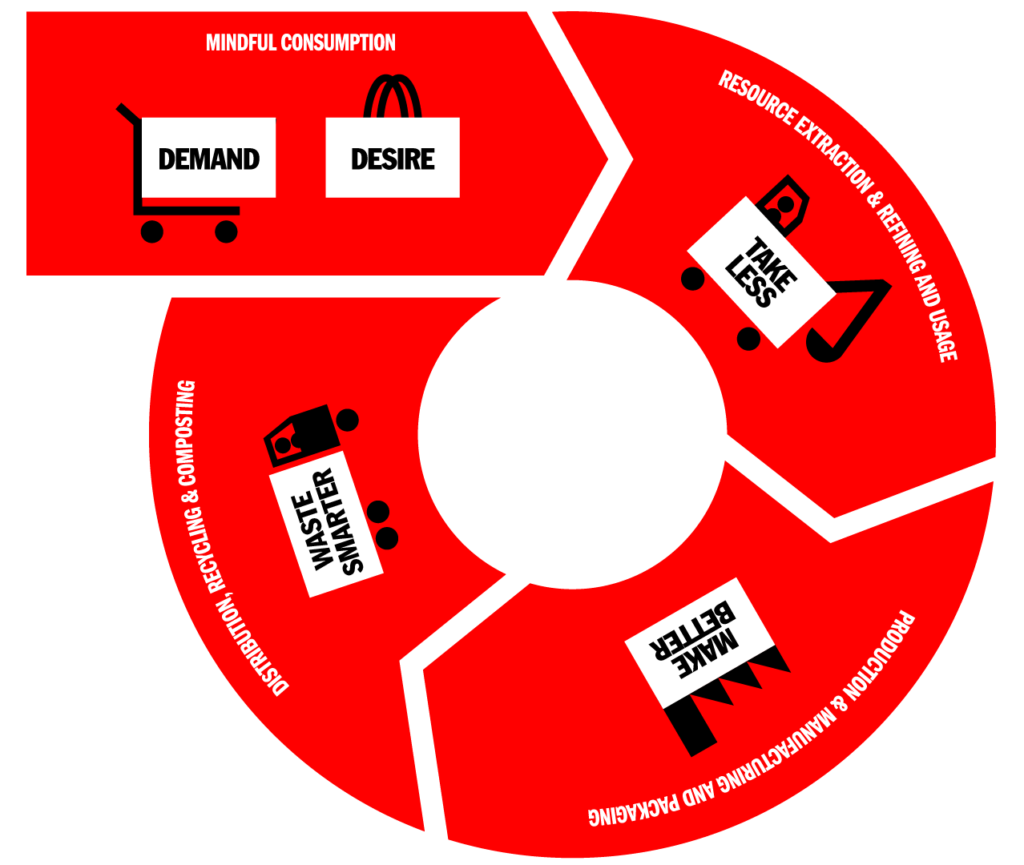Cut waste. Cut Emissions. Fight climate change.
The No Waste Challenge is a global competition initiated by What Design Can Do (WDCD) in partnership with the IKEA Foundation. We are calling on creatives and innovators to submit innovative solutions to reduce waste and to rethink our entire production and consumption cycle. The deadline for submissions is 20 April 2021.
WHY WASTE?
The answer is straightforward and devastating: our planet is drowning in waste. Every year we dump a massive 2.12 billion tonnes of it worldwide. This is partly because we’ve created an economy in which 99% of the stuff we buy is trashed within six months. If all this waste was put on trucks, they would stretch around the Earth 24 times.
The issue is systemic, and has disastrous impact on all other wicked social and environmental problems. From causing biodiversity loss to accelerating global warming — the destructive way in which we currently extract, produce and consume resources is driving us towards a climate crisis. If we can address the underlying root problems and symptoms of waste, we have a fighting chance at building a future that works for both people and planet. Will you join us?
WHY NOW?
We are already consuming 75% more resources every year than the Earth can sustain in the long term. And this overshoot is set to increase by a stunning 70% by 2050 unless we make some major changes — and fast. We believe that design has the power to raise awareness and change how things are made and what they are made of. Design also has a role to play in shifting narratives and facilitating alternative visions of the future. The COVID-19 crisis has provided us with an unprecedented opportunity to do so, and to re-evaluate our current systems in the process. It could help facilitate many step changes, and open doors for ideas, products, services and systems once deemed too radical.
The potential is enormous, and the time is now. So how do we encourage more mindful consumption; how can we produce for both people and planet; and how can we handle waste more responsibly?

SO WASTE DRIVES CLIMATE CHANGE. BUT WHAT DRIVES WASTE?
To understand how we got here, we have to look at our current economic model. The linear economy is based on a ‘take-make-waste’ approach, in which raw materials are collected, transformed into products that are used briefly, and then discarded as waste.
Take Less, make better, handle smarter
This pattern of extracting materials and then throwing them away is terrible for the environment. For one, it produces enormous amounts of greenhouse gases such as carbon, methane and nitrous oxide. In fact, the extraction and processing of natural resources currently account for a full half of total global greenhouse gas emissions. Water and land are also exploited throughout this process, leading to alarming rates of habitat and biodiversity loss. In this, food and plastic production are some of the worst culprits.
So when we talk about the negative impacts of waste, we also have to consider what happens before it’s disposed of: the taking and the making of all of the things we use and eat. Can design help us envision a future in which we take less, make better, and waste smarter?
Things don’t get much better away from the factory floor. Because so many products with short life spans are available at such low costs, we keep on buying — and desiring — more stuff. Meanwhile, existing waste infrastructures are often chaotic and non-transparent. This is critical, because poor disposal and management of waste can harm biodiversity both directly and indirectly, accelerating climate change at every turn.

TOWARDS A JUST AND CIRCULAR ECONOMY
To bend the line, we must focus on where it matters most. We have to go beyond the current ‘take-make-waste’ model of the linear economy and aim for more sustainable and restorative alternatives. This means we need to consume more mindfully, design out waste, and make products and materials that regenerate natural systems and that are kept in use.
While we focus on redesigning the entire system over the long term, we can also make an immediate impact by buying less stuff, making better products, and reusing or recycling materials. That is why we are looking for exciting, design-driven solutions at various scales. By attacking the problem from many angles, we can move towards a just and circular economy for all.


